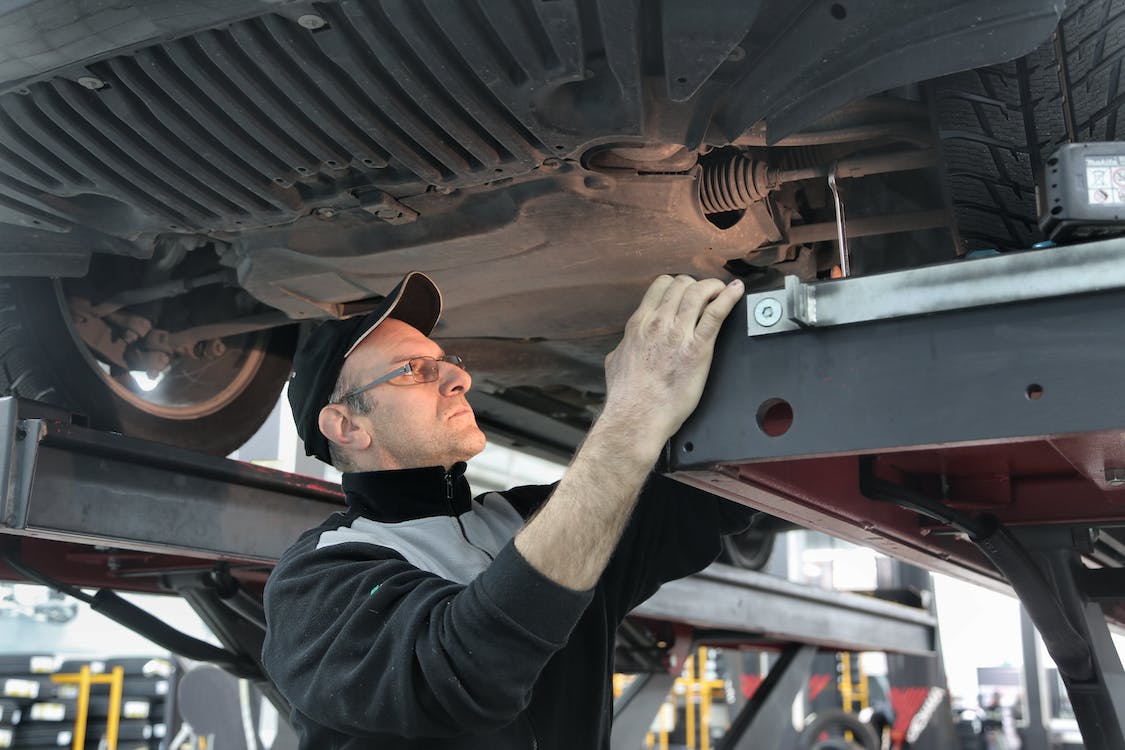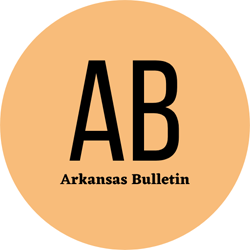How to Know When Your Vehicle Needs an Alignment
by Admin

How to Know When Your Vehicle Needs an Alignment
Whether you’re driving down the highway or just getting from point A to point B, your wheels should be aligned properly. This will ensure your tires wear evenly and reduce drivability issues.
To ensure proper alignment, your mechanic will connect your car to a wheel alignment machine. They will make adjustments to four primary angles – toe, camber, caster and thrust – according to manufacturer specifications.
1. Your steering wheel is off-center
If your steering wheel is off-center and does not return to the center after you turn the steering wheel, it’s likely that your vehicle needs an alignment. A wheel alignment is a service that restores the proper angles on a car’s wheels and axles.
A well-aligned vehicle will be able to drive smoothly, even in the event of a pothole. This is because an alignment resets the suspension angles on a car’s tires and axles, making them square to each other.
Driving on a flat, level road is a great way to test whether or not your vehicle’s wheels are aligned. The steering wheel should sit close to perfectly straight, and your vehicle’s logo should appear level in the middle of the wheel.
Having your wheels aligned can also prevent issues such as uneven tire wear and uneven wear on the treads of your tires. These issues can be caused by a number of different problems, including worn suspension components or fender benders.
2. Your tires are wearing unevenly
When the tread depth on one side of your tires is less than the other, it's a sign that your vehicle is out of alignment. Proper alignment is critical for safety, comfort, and fuel efficiency.
During an alignment, technicians will measure and adjust various suspension components and angles to keep your car in alignment with the manufacturer's specifications. This ensures that your wheels are pointing in the right direction while driving straight down the road and turning the car.
Another way to know when your tires need an alignment is if you notice that the inner or outer edge of the tire wears faster than the rest of the tread. This is a sign that your vehicle is out of balance and can usually be fixed with a quick alignment.
3. Your steering wheel vibrates
If your steering wheel shakes a lot when you drive at highway speeds, this could be a sign that your wheels are misaligned. However, this isn't the only thing that can cause vibrations in your vehicle's steering.
One other potential cause of a shaking steering wheel is the brakes. Brake discs can wear out and lose their shape, which can create a shake in the steering wheel when you brake.
Aside from being uncomfortable, this can also be distracting and a risk to your safety. So, it's important to have this problem fixed as soon as possible.
4. Your car pulls to one side
If you notice that your vehicle pulls to one side while driving, it is probably time for an alignment. This is a common issue and can be caused by uneven tire pressure, improper wheel alignment, or even faulty brakes or suspension parts.
Fortunately, it is usually easy to diagnose what’s wrong with your car. You can take it to a trusted Medina, OH, auto repair shop and have them perform a thorough inspection of your vehicle to determine what’s causing the pull.
You can also test your alignment to see if it’s a problem by coasting your vehicle down a quiet road without having your hands on the wheel. If your vehicle doesn’t pull to the other side, it’s likely that the alignment is fine.
On the other hand, if your vehicle pulls to one side when you apply the brakes, it’s most likely caused by something called torque steer. This is almost exclusively a problem in front-wheel drive vehicles, and it occurs when the steering wheel slants or shifts to the other side of your car.
https://www.natesautokustoms.com/
Auto repair baesville ar
batesville ar auto repair
How to Know When Your Vehicle Needs an Alignment Whether you’re driving down the highway or just getting from point A to point B, your wheels should be aligned properly. This will ensure your tires wear evenly and reduce drivability issues. To ensure proper alignment, your mechanic will connect your car to a wheel alignment…
Recent Posts
- Understanding the Differences Between Sober Living Homes and Rehabilitation Centers
- The Benefits of Choosing Dentures as a Solution for Restoring Your Smile in Las Vegas
- Debunking Common Myths and Misconceptions About Dentures
- Houston’s Marketing Scene by Storm with Strategic Billboard Campaign
- Sunrise Roofing Pro’s: The Premier Choice for Roofing in Sunrise, FL
